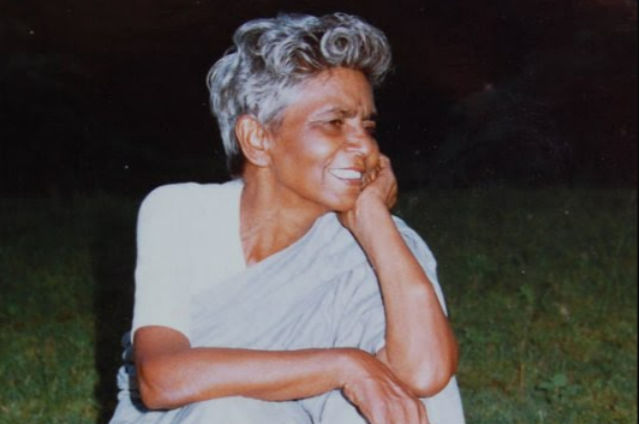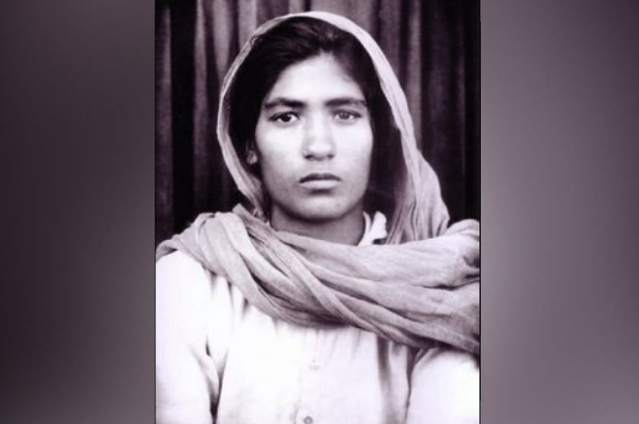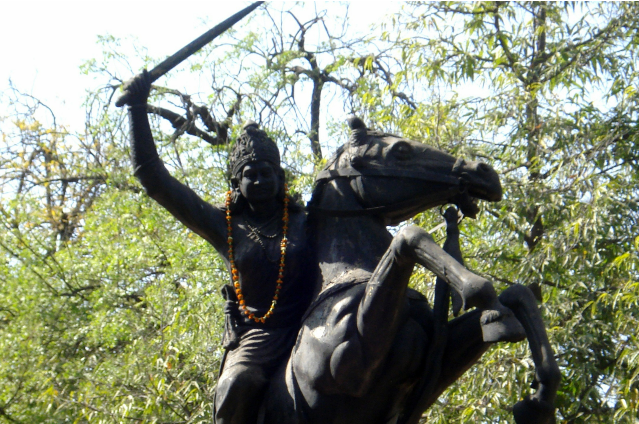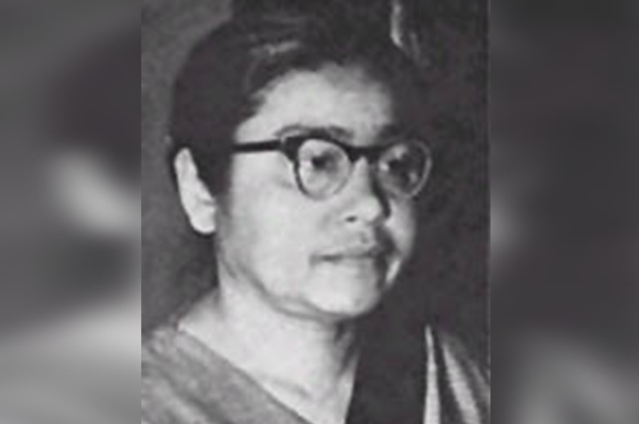Independence Day, the day we celebrate, rejoice, and applaud the whole struggle our freedom fighters had to go through to attain independence. The independence, that we were easily being served on our platter. While it is great to see how we celebrate these great leaders of that time, it is equally disheartening to see how we forget to remember the contribution offered by women in this freedom struggle.
It is said that if you are not doing something to overcome what is bothering you, then there is no point in getting bothered. So, here I am to celebrate, talk and applaud the unsung women freedom fighters who lost their identity for the reason of being born in the man’s world! Because not hearing a lot about their contribution really bothers me a lot.
And, I too believe in the saying by a music artist Rihanna that,
"There is something special about a woman who dominates in a man’s world. It takes a certain grace, strength, intelligence, fearlessness, and the nerve to never take no for an answer."
1) Rani Abbakka Chowta
Rani Abbakka was the first Tuluva queen of Ullal. She belonged to the Chowta dynasty of coastal Karnataka. While her mother was on her last stage, she had promised her that she will protect her kingdom from Portuguese. She kept her promise and didn’t let Portuguese enter into her territory for almost 40 long years. This was the time of 16th century, when women were not even recognized or accepted for such bravery. Some people call her the “First Woman Freedom Fighter of India.”
The queen refused to pay tribute to Portuguese and also denied any trade relations with them. As her kingdom was strategically located, Portuguese couldn't bear the loss and hence made several attempts to capture it. But they failed miserably for almost 4 decades, until the queen was in power. Finally, because of her husband’s treachery, she was captured by British and got imprisoned. But she didn’t accept her defeat and died while revolting in prison. Because of her bravery and fierce nature, she came to be known as “Abhaya rani” which means a fearless queen.
2) Matangini Hazra
Born in west Bengal, married at the age of 12, and widowed at the age of 18. Matangini Hazra became increasingly interested in the Indian independence movement during 1905, as it was the time when the policy of “Divide and Rule” started surfacing on the floor of India. Soon she drew her inspiration from Mahatma Gandhi and increasingly started participating in Indian freedom struggle.
In 1932, she took part in the civil disobedience movement and got arrested for breaking the salt law. Having huge impact of Mahatma Gandhi, she started spinning yarn despite her weak eyesight. Seeing her dedication towards the great ideals proposed by Gandhi, people started calling her “Gandhi Buri” that means “Old lady Gandhi.”
During Quit India movement, Matangini led a huge procession from Midnapur. In an effort by British to stop this movement, she was shot dead by them.
3) Parbati Giri
When Parbati Giri was in school, she read more about Mahatma Gandhi that motivated her to participate in the Indian freedom struggle. She adopted “Gandhism” in every area of her life. At the age of 16, she actively participated in the Quit India Movement.
Meanwhile, she also started organizing meetings and mobilizing people to participate in Gandhian Khadi Andolan. To further this movement, she asked lawyers to vacate court and stop cooperating with British. She handed bangles to those lawyers who remained loyal to British and didn’t cooperate her struggle against injustice. Due to these activities, she was imprisoned by British for the period of 2 years.
When India got independence, she went for her further studies and eventually devoted her life to relief works. Due to this she is also called Mother Teresa of western Odisha. She will be always remembered for her courage, resilience, nationalistic sentiments and free expressions.
4) Padmaja Naidu
Padmaja Naidu was the daughter of Sarojini Naidu. She was Governor of west Bengal from 1965 to 1967. After independence, she devoted her life to humanitarian causes. She was also the Co-Founder of the Indian National Congress in Hyderabad.
During her life, she participated in Quit India Movement, swadeshi movement. She was associated with the Red Cross, an international organization committed to protecting human lives and their health. Apart from this, she was associated with the Bharat Sewak Samaj, All India Handicraft Board and Nehru Memorial Board.
5) Gulab Kaur
Gulab Kaur was a freedom fighter who left behind her dream of going to abroad in favor of a life that was dedicated to fight the British raj and mobilize other Indians on this journey. She was associated with the revolutionist Gadhar party and she did so by leaving her husband behind as he wanted to spend his life in the USA rather than fighting for his own nation that was in turmoil.
In Gadhar party, she was InCharge of printing and distributing party literature and also gave speeches on boats to Indian passenger. She was also involved in distributing arms to party members and encouraging others to join the party. At last, she was arrested by British on the charge of sedition and died in 1936. Gadhar di dhee- Gulab Kaur, is a book written by S. Kesar Singh on the life story of Gulab Kaur.
6) Rani Velu Nachiyar
Rani Velu Nachiyar was the first Indian queen to wage war against the British. She was trained by her father in Martial arts like Valari, Silamban, horse riding, and archery. she was a multilingual trained in languages such as French, English and Urdu.
After 8 years of her husband being died in the hands of British, she joined hands with Hyder Ali and Gopala Naykar and waged a war against British and emerged victorious. She ruled her kingdom for ten more years.
She is also known to have produced the first human bomb and also to establish the first army of trained women soldiers in the late 1700s.
7) Jhalkari Bai
We often talk about Jhansi ki rani from Jhansi, but forget to mention Jhalkari bai, who was key advisor of Rani Lakshmibai and a prominent figure in the first war of Indian Independence.
Jhalkari Bai was a soldier in Lakshmibai’s women army called Durga dal. She was entrusted with the responsibility of leading the women’s wing of the army. As she looked somewhat similar to Lakshmibai, when in 1958 Hugh Rose attacked Jhansi, she advised Rani Lakshmibai to leave the palace with her child and ensured her that she will fight on her behalf.
Many Dalit communities of Bundelkhand praise her as Goddess and every year they celebrate Jhalkaribai Jayanti in her honor.
8) Sucheta Kriplani
Sucheta Kriplani was greatly influenced by Gandhian ideals. She joined the Indian National Congress and later became the first woman Chief Minister of Uttar Pradesh. In 1940s she founded the All India Mahila Congress. During the Noakhali riots, she accompanied Gandhi on his visit. Gandhi called her ‘A person of rare courage and character who brought credit to Indian womanhood.” Before the “Tryst with destiny” speech of Nehru, she sang Vande Mataram in the Constituent Assembly.
9) Kittur Rani Chennamma
Rani Chennamma was the queen of Kittur, situated in Karnataka. She bravely fought against the British polity of “doctrine of lapse’ at the age of 33, in the year 1824. She won in her first fight but in the second attempt, she died as a prisoner of war. She lost her life but her bravery will always remain in the hearts of those who never give up on something that belongs to them.
10) Lakshmi Sahgal
Would you believe if I tell you that a woman from 1940s was in army? Yes, you have heard it right. Lakshmi Sahgal was that brave lady who took a gun in her hands and fought like a tigress to free her nation from those who did not deserve it. She was in the Indian National Army founded by Netaji Subhash Chandra Bose.
She was assigned the duty of leading the Rani of Jhansi regiment comprised of all the woman soldiers. She was also imprisoned for her role played in World War 2.
11) Kamaladevi Chattopadhyay
Kamala Chattopadhyay became the first woman arrested by the British government for her active role as a patriotic leader in the Indian freedom struggle. She was a fearless, unapologetic and committed freedom fighter. she put efforts in improving socio-economic conditions of women in India. She was the first woman candidate of Indian legislative assembly and played instrumental part in establishing the All-India Women’s Conference.
Forward thought
These are some of the women from the era, that forgot to recall and appreciate the efforts and dedication of women fighters, who fought when they weren't even expected to. I was unable to mention all the women and I believe no one can, as they are buried under the biased history that always favored men.
On this Independence Day, all we can do is to celebrate all the freedom fighters of that tough time. And when on TV, a news gets played on the bravery of men, and the woman of your house asks, “Who is He’, please tell her in a good manner instead of taunting her that “This fight was not meant for women and hence you will not understand.”











